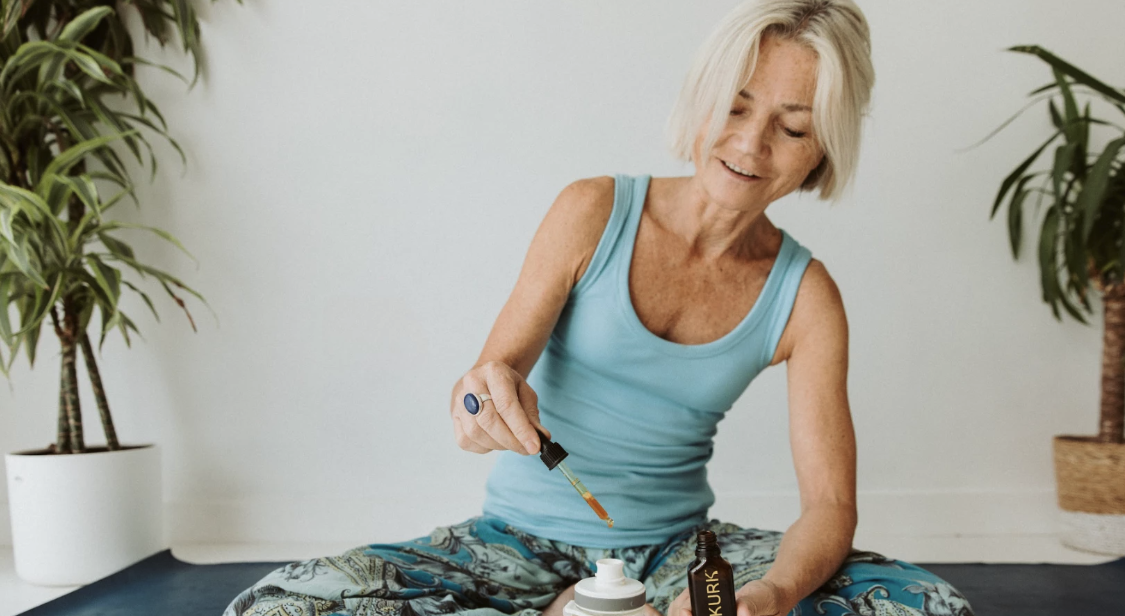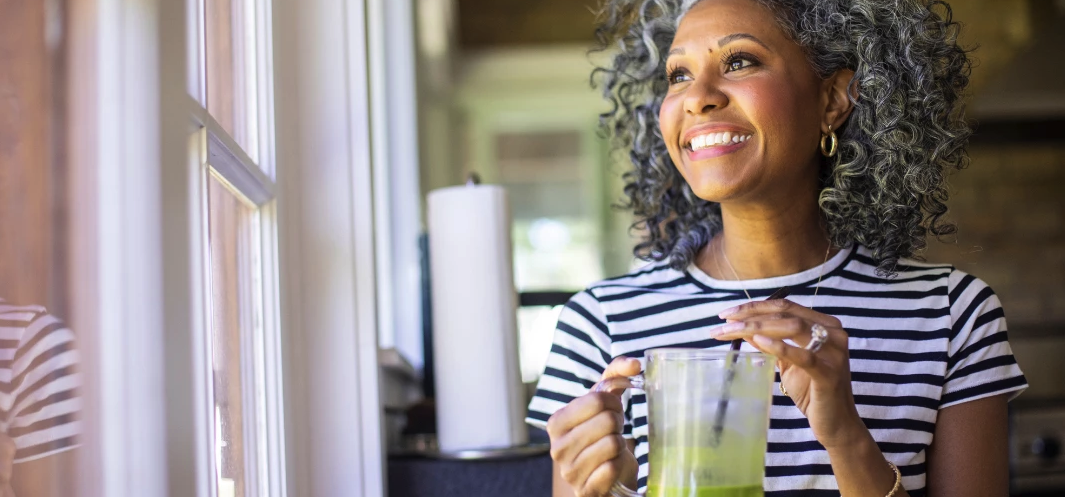Why curcumin doesn’t work—unless it’s bioavailable: the science behind KURK’s micelle technology

The extensive health benefits of turmeric—and its active compound, curcumin—have been recognised for centuries. But despite its promise, curcumin’s full potential has remained out of reach for one key reason: poor bioavailability. As Gupta and colleagues noted in their 2020 paper, “The full therapeutic potential of curcumin however remains under explored mainly due to poor absorption, rapid metabolism and systemic elimination culminating in its poor bioavailability.”
Before we go further, let’s break down what bioavailability really means, how we can improve it, and why KURK is different.
What is bioavailability?
In simple terms, bioavailability is the rate and amount of a molecule that makes it from ingestion to the bloodstream—where it can actually have an effect.
This is influenced by a range of chemical and physiological factors. For curcumin, the challenge is particularly complex (as illustrated in the diagram by Bertoncini-Silva et al. 2024).
Why does curcumin have low bioavailability?
Curcumin has a low bioavailability for several reasons:
-
High first-pass metabolism – the liver breaks down a large portion before it reaches the rest of the body
-
Intestinal metabolism – some of the curcumin is broken down by the gut itself
-
Poor absorption – only a small amount crosses into the bloodstream in the first place
Put simply: most curcumin isn’t absorbed. Of what is, a good portion is lost in the gut or liver before it can take effect.
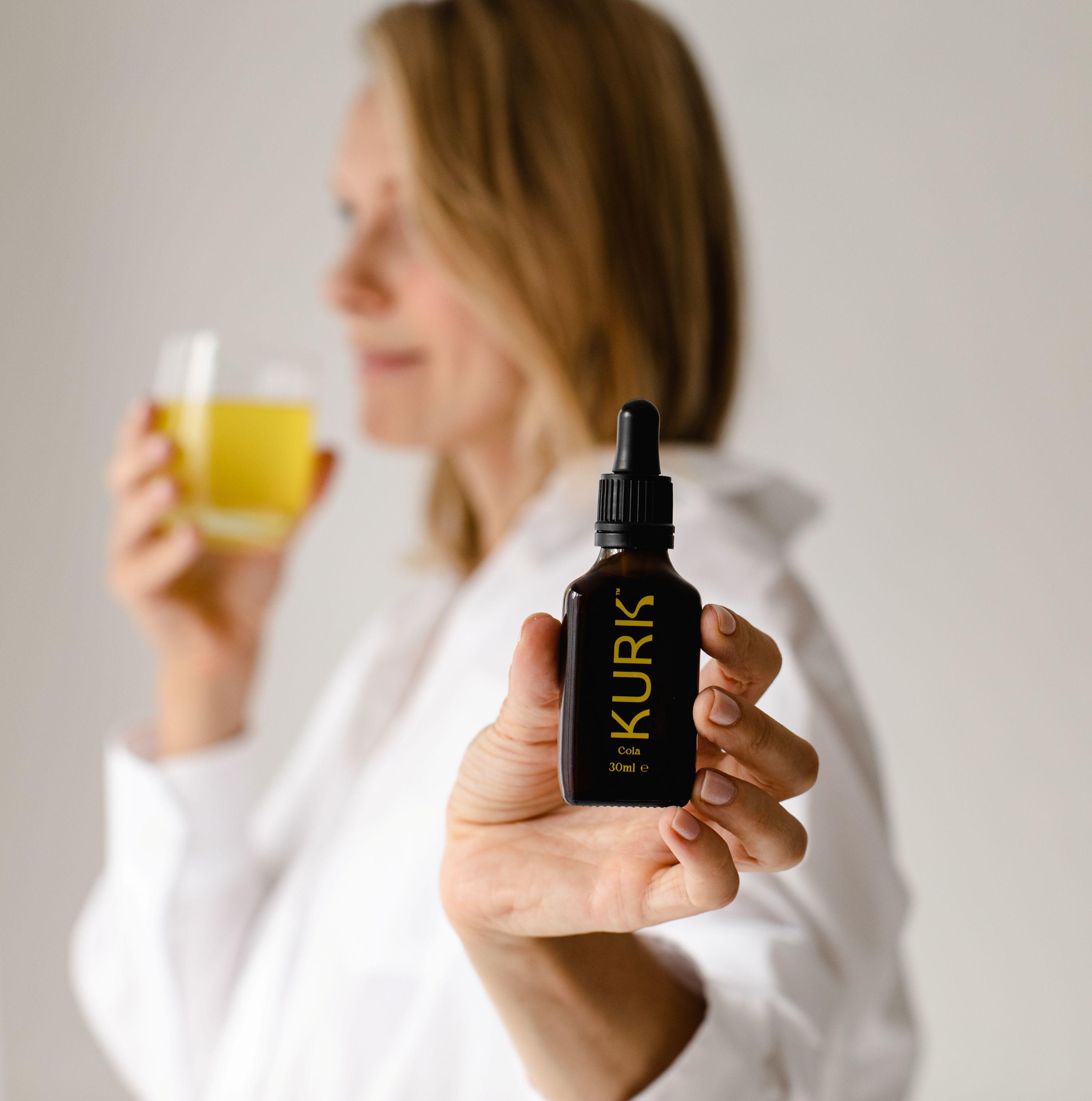
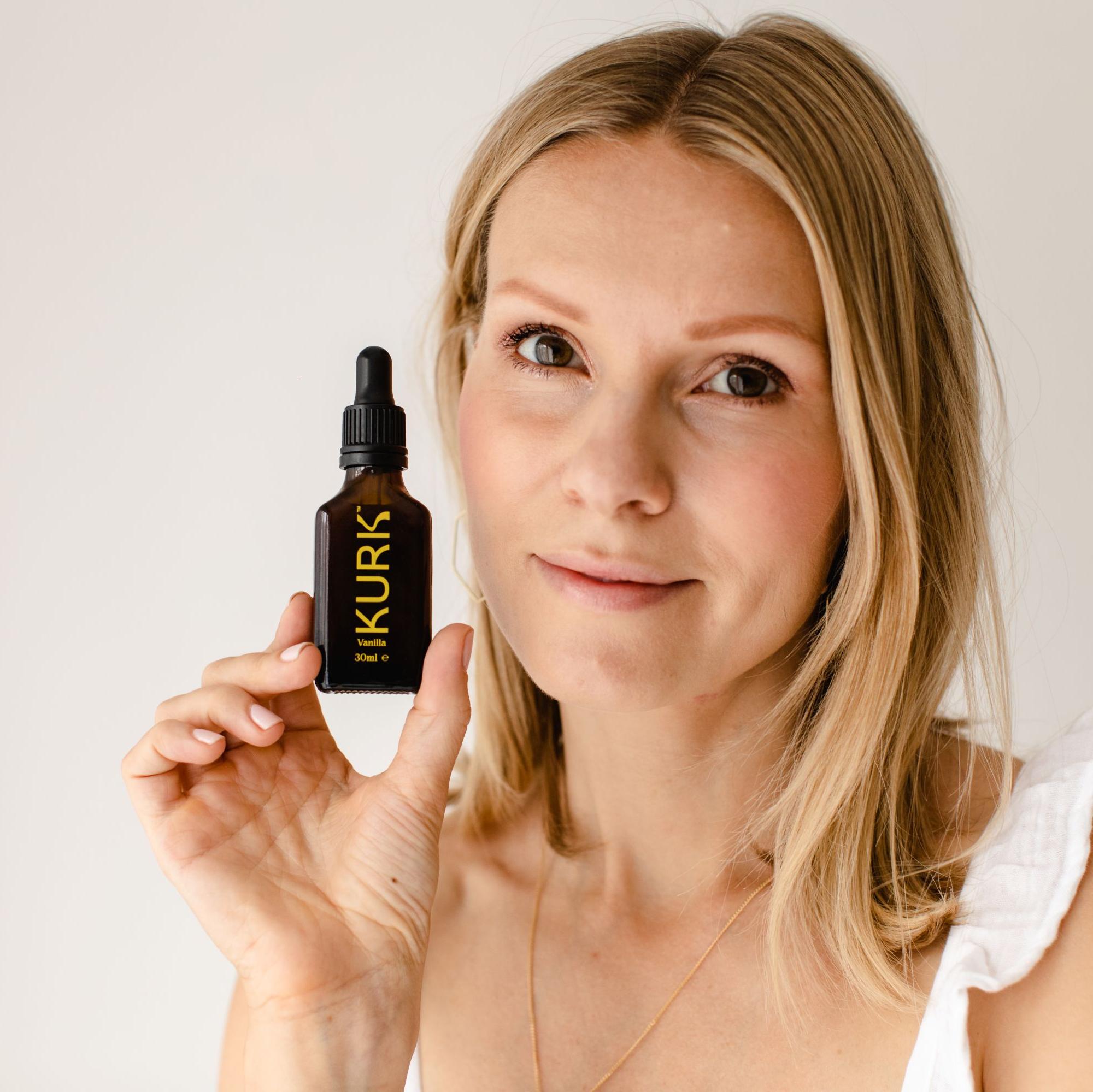
How can we increase bioavailability?
Given the gap between curcumin’s promise in the lab and its impact in the body, researchers have focused on improving delivery. Strategies aim to reduce breakdown, boost absorption—or both.
Some approaches, like combining curcumin with piperine (from black pepper), are more well known. Others focus on how curcumin is packaged at a molecular level—for example, by using lipid-based or micelle technologies to protect and transport the compound more effectively.
Why KURK is different?
As Gupta et al. explain, “There is a need to develop a robust technology that can overcome the biopharmaceutical flaws inherent in the curcumin molecule.”
That’s exactly what KURK’s team of scientists and engineers set out to do.
KURK’s advanced micelle formulation delivers high-potency curcumin in a water-soluble structure, designed for optimal bioavailability and a clean taste. This delivery system helps the body absorb significantly more curcumin—making it possible to experience the benefits that have long been seen in research, but rarely in practice.
Ready to feel the difference?
Explore KURK’s science-led solution for inflammation support that actually gets absorbed.
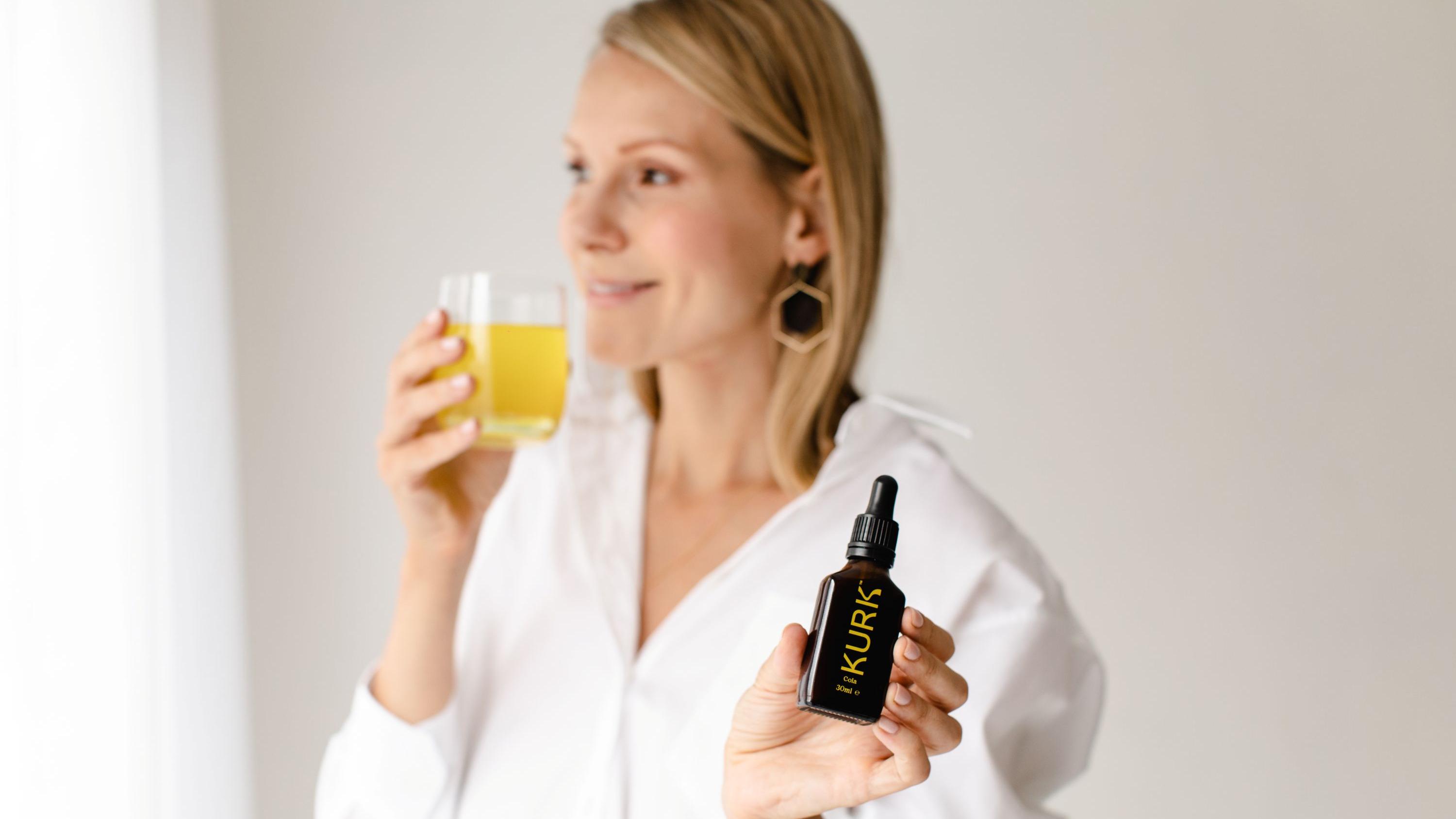
References:
Bertoncini-Silva, C. et al. Enhancing the bioavailability and bioactivity of curcumin for disease prevention and treatment. Antioxidants, 2024. https://doi.org/10.3390/antiox13030331
Mimica, B. et al. Methods used for enhancing the bioavailability of oral curcumin in randomised controlled trials: a meta-research study. Pharmaceuticals, 2022. https://doi.org/10.3390/ph15080939
Gupta, T. et al. Enhancing bioavailability and stability of curcumin using solid lipid nanoparticles (CLEN): a covenant for its effectiveness. Front Bioeng Biotechnol, 2020. https://doi.org/10.3389/fbioe.2020.00879


